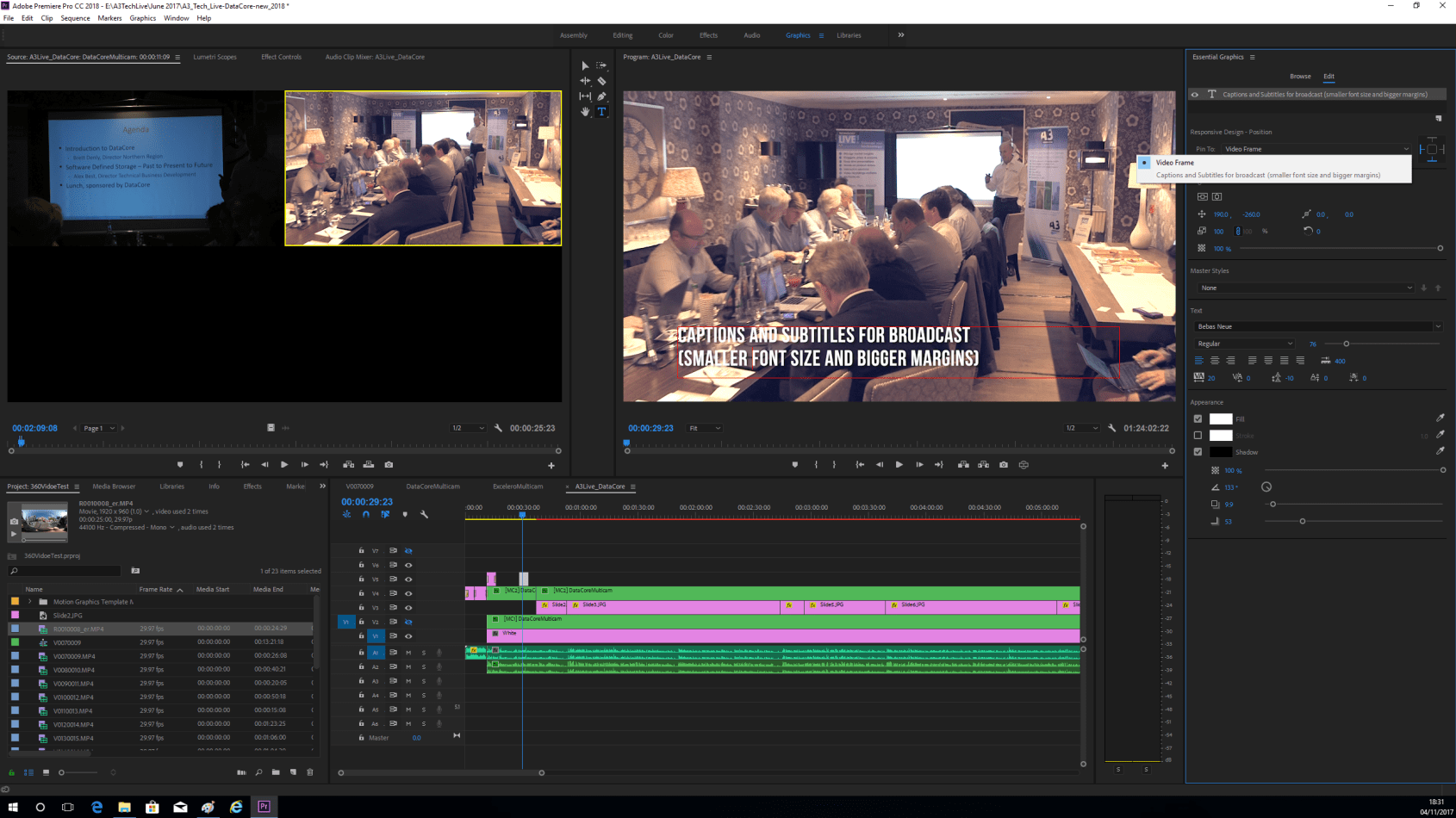


In this next example, Jeremy goes through the process of removing camera shake so that the audience can focus on what's important, the people in the car and their interactions. One of the toughest problems to fix in post-production is camera shake, an issue that often arises with footage from car-mounted cameras. In most cases, the best results will come from having Detailed Analysis turned on, but this comes at the expense of longer wait times with footage analysis and rendering. In this example, using the Perspective method provides the best results, especially after the "Detailed Analysis" option is also turned on.

Here's one example where the results from Subspace Warp make the corners of the frame undulate and zoom in and out awkwardly, an effect which is highly distracting in spite of the stabilized center of the frame. However, each of these analysis and correction modes work best in different situations. A good many people just stick with that option, as they assume that it will provide them with the best results. It's important to note that Warp Stabilizer always defaults to the Subspace Warp method when you apply it to your footage. Here's a visual example of how all of these different modes work on your footage: Again, if there are not enough areas to track, Warp Stabilizer chooses the previous type (Perspective).

Among the myriad post production tools that have surfaced in the past few years, none is more of a potential life-saver than Adobe's Warp Stabilizer. Digital post-production has come a long way since the Avid machines of the early 90's.


 0 kommentar(er)
0 kommentar(er)
